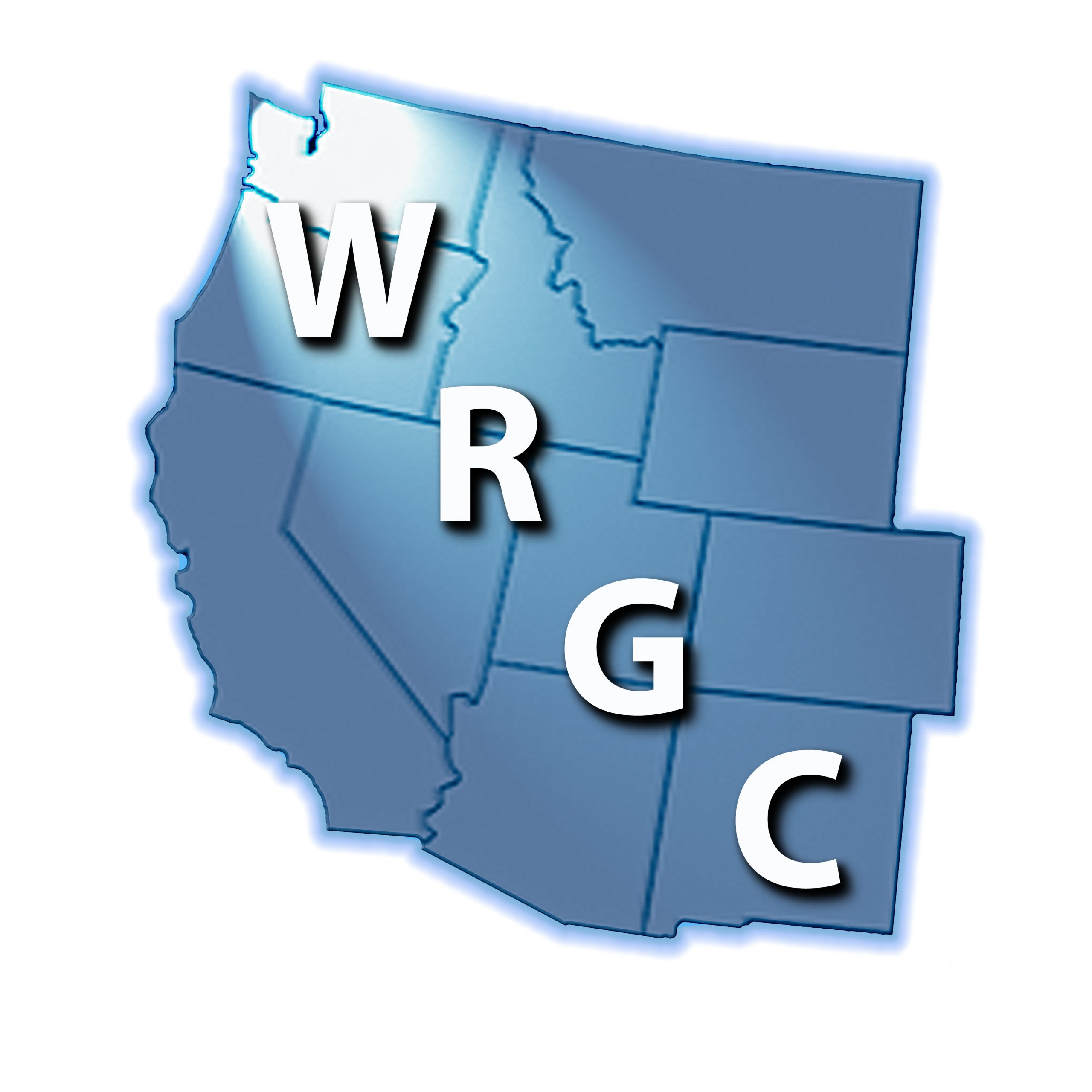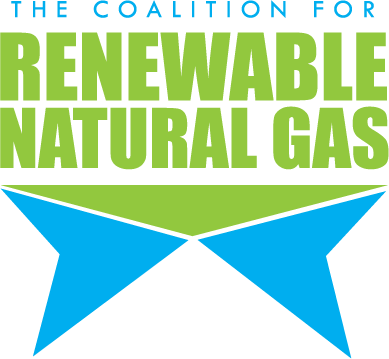About Odorization
Some combustible gases, like natural gas, are colorless and odorless and are difficult to detect in their natural state. Odorization is the process of injecting an odorant into a combustible gas in a pipeline so that it is detectable by smell. This process became regulated by the U.S. government following a tragic accident in 1937 when non-odorized gas ignited and 294 people, both students, and teachers, died in a New London Texas school. Investigations revealed that odorous chemicals injected into gas are the best cautionary agent.
Natural Gas Odorant Regulations
The Federal Pipeline Safety Regulations (49 CFR 192.625) mandate that all natural gas distribution lines and some transmission lines be odorized or contain a natural odorant. In these pipelines, “at all times, combustible gases must be detectable at one-fifth the lower explosive limit by a person with a normal sense of smell.”
What are gas odorants?

Chemical structure of tert-butyl mercaptan
The gas odorant is the chemical injected into the gas to cause it to smell. Most odorants today consist of an assortment of various chemicals which include tertiary butyl mercaptan, tetrahydrothiophene, isopropyl mercaptan, dimethyl sulfide, and methyl ethyl sulfide.
Chemical manufacturers create custom odorant blends with different compounds so that they are suitable for particular applications. When selecting the odorant, it is essential to understand the odorant’s vapor pressure, oxidation resistance, soil penetrability, and odor.
Odorant Transfer and Delivery
When dealing with the odorant, a critical aspect is its delivery and transfer. Great caution should be exercised to eliminate or minimize the fugitive emissions during the filling procedure. Odorant manufacturers deliver the chemical via truck or transportable containers or retain services of companies such as Midland Resource Recovery (MRR), who are capable of handling such deliveries.
Odorizers or Odorization Equipment
The equipment used to infuse the odorant into the gas stream is a natural gas odorizer. Odorizers are designed based on one of two principles, either chemical vaporization or chemical injection. The vaporization equipment includes wick-type odorizers and bypass odorizers along with some other less popular variations. There are primarily three odorant injection technologies, the Bourdon tube style, drip systems and electrically/pneumatically driven pump injectors.
Natural Gas Odorizer Manufacturers
Today’s odorizer manufacturers include YZ systems, Welker, King Tool, Pulsafeeder, Peerless, Preco, GPL odorizers, LEWA, Wil-Roy, and Linc. As your partner in odorization, we pride ourselves in the ability to troubleshoot, repair, or complete preventative maintenance on all Odorization equipment.



